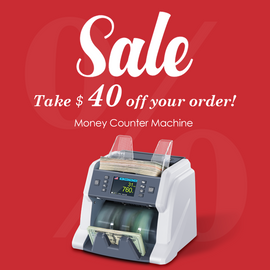Can money be measured in weight? This is a question that has puzzled economists for centuries. It is something that has been discussed since the early days of currency and has been debated ever since. The answer, however, is not as straightforward as one might think.
Money can be measured in terms of weight, but it is not a simple process. In some cases, coins are weighed to determine their value, while in other cases money is measured using a system of exchange rates or a unit of account. In order to better understand how money can be measured in terms of weight, it is important to first take a look at the history of money and how it has evolved over time.
The earliest form of money was bartering, which involved exchanging goods or services for other goods or services. This system was used by many cultures around the world and allowed people to get what they wanted without having to use physical money. However, bartering eventually gave way to the use of precious metals such as gold and silver as a form of currency. These metals were weighed to determine their value and could be exchanged for goods or services.
As times progressed, paper money became increasingly popular. Paper money is not weighed to determine its worth, but rather its value is determined by economic forces such as inflation and market forces. In addition, most countries have established a unit of account, such as the US dollar, which is used to measure the value of money.
Today, money is mainly measured in terms of its purchasing power. That is, how much one can buy with a certain amount of money. This purchasing power can vary from country to country due to differences in the cost of living and the availability of goods and services. For example, the US dollar may be worth more in the US than in India due to the difference in the cost of living.
Although money is no longer measured in terms of weight, it can still be weighed in some cases. Coins, for example, are weighed to determine their worth. In addition, some countries have adopted a system of exchange rates that can be used to measure the relative value of different currencies.
In conclusion, money can be measured in terms of weight, but it is not a simple process. It requires an understanding of the history of money and how it has evolved over time. Additionally, money must also be measured in terms of its purchasing power, which can vary from country to country depending on the cost of living and the availability of goods and services.







